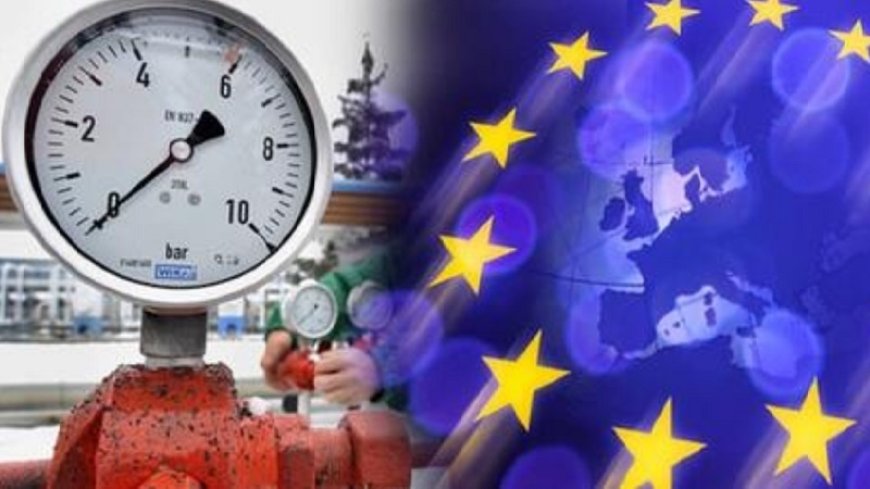Energy crisis: 68,000 Europeans died
Energy crisis: 68,000 Europeans died

With the start of the conflict in Ukraine in February 2022, and after Brussels decided to follow Washington's line of isolating Moscow through energy sanctions, Vladimir Putin decided to cut Russian gas exports to Europe and making soar prices.
Although wholesale costs have now declined across the continent, electricity and gas prices for households were up 69% and 145% last winter compared to two years earlier. High energy prices can cost lives. They discourage people from adequately heating their homes, and living in the cold increases the risk of heart and respiratory problems. In November, The Economist predicted that high energy prices could cause between 22,000 and 138,000 deaths during a mild winter.
Sadly, it seems we were right. To evaluate how last winter's deaths compared to those before, we used a common measure of mortality: excess deaths. By comparing actual deaths with the number one might expect based on mortality in the same weeks in 2015-19, we found that deaths across Europe were higher than expected. In the 28 European countries analysed, 149,000 excess deaths occurred between November 2022 and February 2023, an increase of 7.8%. Several factors could explain this increase. Of the deaths last winter, nearly 60,000 were recorded as deaths from Covid-19.
The disease has probably contributed, directly or indirectly, to higher numbers, but it is unlikely to explain all of last winter's increase. Between March 2020 and September 2022, the official count of deaths from Covid was 79% of the total excess deaths among our 28 countries. Last winter it was 40%. Even the climate has influenced the number of deaths. A cold spell in December was accompanied by an increase in mortality.
A 1°C (1.8°F) drop in average temperature over a three-week period is associated with a 2.2% increase in total deaths. However, last winter was milder than the 2015-19 average, so cold weather alone cannot be responsible for the additional deaths. It appears that high energy prices may have had an effect. Analysis of different countries reveals that those with the highest number of excess deaths have experienced the largest increases in the cost of fuel. To decouple energy costs from changes in temperature and climate we built a statistical model.
Our model also takes into account a country's demographics, the number of deaths from Covid before last winter, and the historical underreporting of those deaths. We estimate that a price increase of around €0.10 per kWh – around 30 % of last winter's average electricity price – is linked to an increase in a country's weekly mortality of about 2.2%. If electricity had cost as much last winter as it did in 2020, our model would have predicted 68,000 fewer deaths across Europe, a drop of 3.6%. Deaths in Europe could have been higher if governments hadn't acted in energy markets (although lower prices have increased demand, causing problems in other parts of the world).
Using data from consultancy Vaasaett, we estimated how many excess deaths would have occurred if bills hadn't been reduced by price caps or lower sales taxes. In 23 countries, our model finds that these subsidies have saved 26,600 lives. With wholesale energy prices falling and temperatures rising, the immediate threat may be overcome, but it is clear that Putin's energy weapon has been lethal.













































